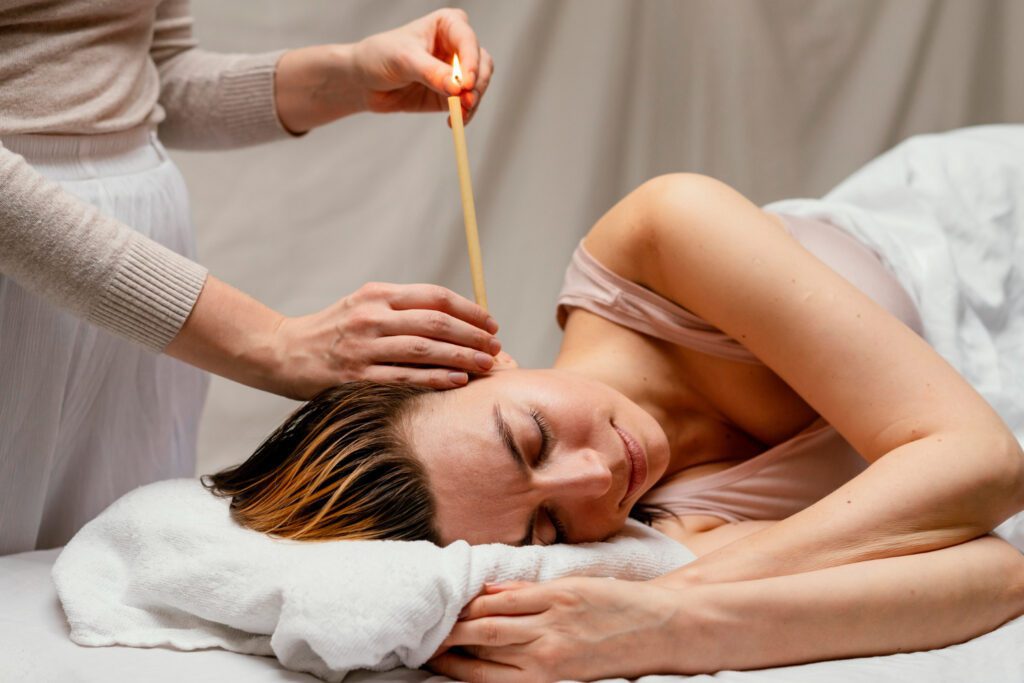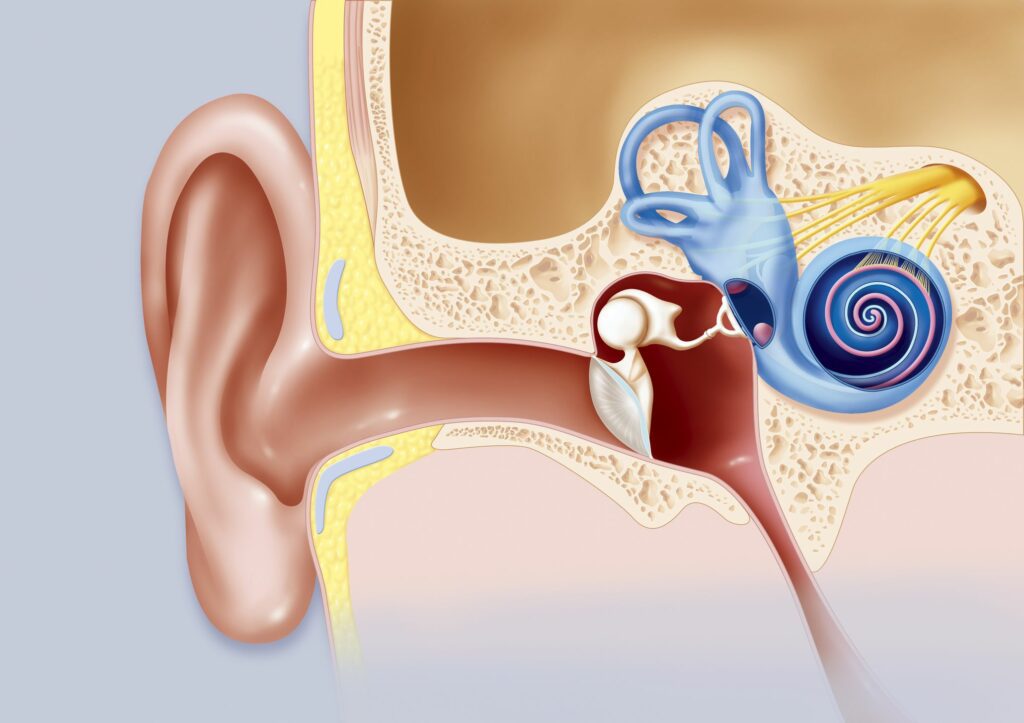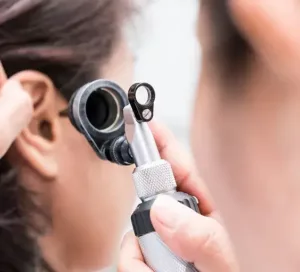In search of alternatives to professional methods of doing things, some people devise many procedures, with some of them beneficial, while others do more harm than good. Where ear wax removal is concerned, sticking objects like cotton buds or swabs into the ear is usually the first alternative approach many people try out, before they think of going to the professionals. With its attendant dangers, sticking objects into the ear has been shown to be dangerous.
Talking about sticking objects into the ear, another practice that comes to mind is the use of ear candles. Proponents of ear candling have made several claims of purported benefits of this unsafe practice, but there is no evidence that any of the claims holds true. It has rather been known to cause more harm than good and has been roundly discredited
For your safe ear wax removal, book an appointment here

What is ear candling?
Ear candling which is sometimes called ear coning is an alternative remedy which involves the use of cylindrical tapered hollow candles of about 10 inches long. They are usually made of fabric, soaked in wax or a mixture of substances like paraffin and beeswax.
There are three main types of ear candles, all of which have a hollow chimney which is the chamber that supposedly holds the ear wax when it’s drawn out from the ear canal. The three main types of ear candles are:
Hopi ear candles which are the popular long ones fitted with filters;
Ear cones which are shorter in length, have wider frames, and are fitted with valves that supposedly should stop debris from entering the ear;
Basic ear candles which come in a variety of shapes but do not contain any safety features.
Any of the ear candle types could come in any shape, such as cylindrical and prismatic of the square or triangular forms, although the cylindrical forms are more popular.
Ear candling is usually performed by alternative therapists, or sometimes by patients themselves, using kits at home.
Ear candling is alternatively called:
Candle or coning therapy;
Ear or auricular coning;
Thermal or thermo-auricular therapy.
Procedure:

During an ear candling procedure, a person is made to lie on their side, and the tapered ear candle is inserted into the ear with the thinner end going into the ear while the wider end sticks out waiting to be lighted. A square or circular flameproof thin foil or sometimes even a plastic plate with a hole, through which the candle passes into the ear, is used to protect the face from falling candle wax or hot ash. Once the candle and the protective covering are securely in place, a person will light the candle. The protective covering also helps to keep candle wax or ash from getting into the ear.
For people who for any reason elect to use this procedure, performing it on yourself without any external help will undoubtedly pose even more danger than getting someone to help. Getting someone who can trim the candle as it burns down may help mitigate the risks.
The procedure should last for between 10 and 20 minutes, time during which the candle is expected to draw out the ear wax and any other debris in the ear. Of course, this never really happens and we end up seeing the patients in the clinic to actually remove their ear wax.
How Do Ear Candles work?
The theory behind it
There are two basic hypotheses behind ear candling as claimed by different producers and proponents of ear candles which are:
The ‘chimney’ effect in which the burning candle with its hollow chamber supposedly creates suction as they burn that draws out ear wax along with debris and even bacteria.
The ‘melting’ effect which suggests that at the time of the ear candling, no ear wax is drawn out, but that the ear wax heats up, melts and comes out of its own accord over the following hours or days.
Testing the theories

courtesy of verywellhealth
Testing theory 1: An artificial ear canal was created and the pressure within the ear established using a tympanometer before and during ear candling. The experiment showed that no negative pressure was created during the procedure. With no pressure difference, there is no way ear wax could be sucked up the chamber. The test also showed that a powder was deposited on the artificial eardrum. Analysing the powder showed that it constituted multiple alkanes, which are in fact, the chemical building blocks of the ear candle wax.
Testing theory 2: Measuring the air temperature 10mm from the base of the candle while it was burning, some experiment showed that the highest temperature reached was 22°C, well below body temperature. This shows that ear candles cannot melt ear wax inside the ear canal.
Many tests have been carried out over the years with some of them showing that candle wax was deposited during the procedure, and none of them showing that ear wax was ever drawn out while the procedure lasted or thereafter. There is no scientific evidence therefore that ear candling performs any of the functions it is touted to perform with regards to ear wax removal. It has instead proven to be dangerous to hearing health.
Some proposed benefits of ear candling
The following are some reasons some people give for trying out an ear candle treatment.
Ear wax removal: This is one of the most common reasons for ear candling. Supporters of ear candling believe that it helps to remove disturbing excess ear wax from the ear.
Dealing with sinusitis: Another common belief among ear candle supporters is that it helps in treating sinus infections.
Reversing hearing loss: It is also believed that it helps with improving hearing.
Improving mental clarity: It is believed that it helps to sharpen ability to recall, and deals with headaches and migraines
Clearing the eyes: It is believed that it helps in improving vision
Purifying the blood: For some, it is believed that it helps in purifying the blood and even helps to improve lymphatic circulation.
Relaxing effects: By the warmth and crackling sound of the candle, it is believed by some to have the capacity to help in reducing tensions and stress in the body.
Dealing with vertigo: It is also believed that along with dealing with stress, it helps reduce dizziness and disorientation.
Spiritual and energetic solutions: It is also believed that it helps raise energy levels and spiritual awareness.
Professional take on ear candling
None of these claims of benefits attributed to ear candling is supported by any scientific evidence. They are all based on pure anecdotal claims and mostly steeped in opaque tradition. The idea of removing ear wax with candles might sound alluring but clearly, the dangers are too many.
At Verified Hearing, we take seriously, scientific and proven evidence over subjective opinions. Ear candling, unfortunately, has raised so much doubt in the scientific community to be endorsed by any qualified professional.
There are, however, very safe and trusted procedures like Microsuction ear wax removal, ear irrigation, endoscopic ear suction, whose efficacy has been proven over time by results and scientific tests. You can visit our London clinic to undergo any of these ear wax removal procedures.
Book for your safe ear microsuction procedure here

Ear candles NHS
Some people ask if ear candle treatments are available on the NHS. The answer is no. Ear candles are discredited on the NHS. You will instead, most likely be guided to undergo a safer alternative procedure if you are able to get an appointment.
FAQs
No, they don’t. They instead have proven to be dangerous.
The assumption is that hopi ear candles treatment creates a suction in your ear canals and sucks out your earwax into the cylindrical chamber. Of course, this is a ridiculous claim and as there is no evidence to support its efficacy, rather evidence that shows this procedure can be harmful.
References:
1. Ear candling tests and theories
https://www.ncbi.nlm.nih.gov/pmc/articles/PMC2231549/
Accessed Sept.18, 2023
2. Ear candling claims
https://pubmed.ncbi.nlm.nih.gov/8849790/
Accessed Sept.18, 2023
3. What is ear candling
https://www.medicalnewstoday.com/articles/323685#is-it-safe
Accessed Sept.19, 2023



